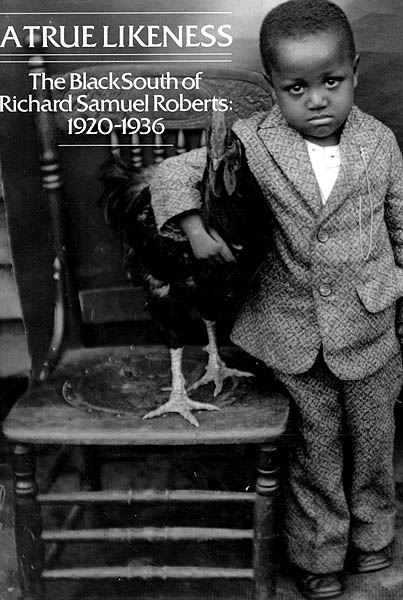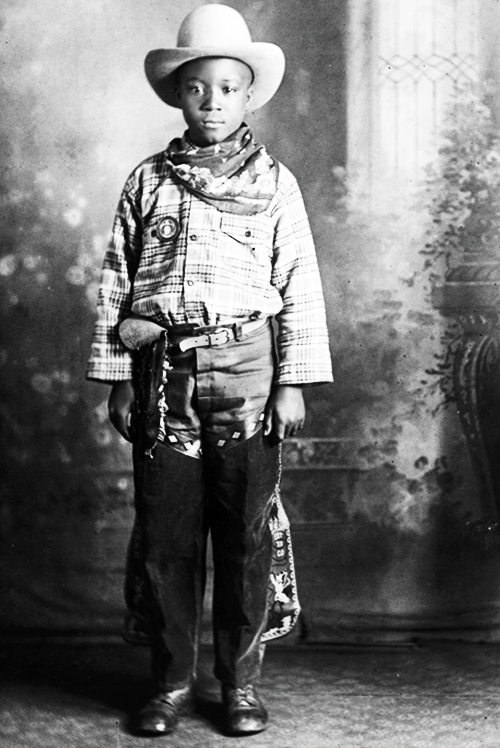Wherever your eyes drift while viewing the work of photographer Richard Samuel Roberts, they’ll always return to the faces. There’s a story to tell in each one, stories of dignity, determination, and strength of spirit.
Roberts, a self-taught African-American photographer, is celebrated for the remarkable portraits he took of black Columbians between 1920 and 1936. In the introduction to “A True Likeness: The Black South of Richard Samuel Roberts,” Thomas Johnson notes that Robert’s photographs “of course portray black Carolinians in their role as ‘burden bearers.’ But here also is W.E.B. Du Bois’s ‘talented tenth’ in South Carolina -- the achievers, progressives, entrepreneurs who engaged in individual and communal programs of uplift and self-help, who were concerned not just with mere survival, but ‘making it’ and claiming their piece of the American pie.”
Thanks to the work of a new membership affiliate at the Columbia Museum of Art, the
Friends of African American Art and Culture, 24 of Roberts’ images can now be seen in a new exhibit in Gallery 15, upstairs at the museum. The images were chosen by FAAAC board members, folks such as Waltene Whitmire, Javana Lovett, Preach Jacobs, Michaela Pilar Brown, and Kyle Coleman. Each board member was asked to write down their thoughts about the photograph, and these insights are displayed alongside the image.
This is a must-see exhibit for everyone, but especially for Columbians who are not familiar with Roberts and his work. He deserves to be heralded as one of our city’s most historically significant artists, a man whose curiosity and dedication preserved a part of our culture that might otherwise have been lost.
Roberts and his family moved to Columbia from Fernandina, Florida, in 1920. His wife, Wilhelmina Pearl Selena Williams, was a native of Columbia. Roberts took a job as custodian at the post office and worked weekdays from 4 a.m. to noon. He purchased a five-room house at 1717 Wayne Street for $3,000, and in 1922 he rented space for a photography studio upstairs at 1119 Washington St., a block off Main Street.
“The fact that Roberts could purchase such a house is ample evidence that he and his family were members of a rising, relatively affluent, middle-class black community,” Johnson wrote.
Over the years, Roberts took thousands of photographs of members of this community, so the 24 on display currently the Museum of Art only scratch the surface of this historical treasure trove. (A book could be written about the discovery and restoration of the 3,000 glass-plate negatives that were found in a crawl space at the family’s Wayne Street home a half-century after Roberts took the photographs.)
The exhibition will be on view through April 29, 2012. But don’t wait to go see it, and don’t go just once. Check out the book “A True Likeness” for more of Roberts’ work, and I encourage everyone who has an appreciation for the artistic and cultural contributions of African-American artists to join the FAAAC. Affiliate president Brandolyn Thomas Pinkston says the group’s goal is to provide “a multitude of programs, lectures, and exhibits.”
The Roberts exhibit is a fascinating and powerful start.
-- Mike Miller
Michael Miller is an associate editor of Jasper Magazine -- read more of his work in the last two issues of Jasper at www.jaspercolumbia.com.


